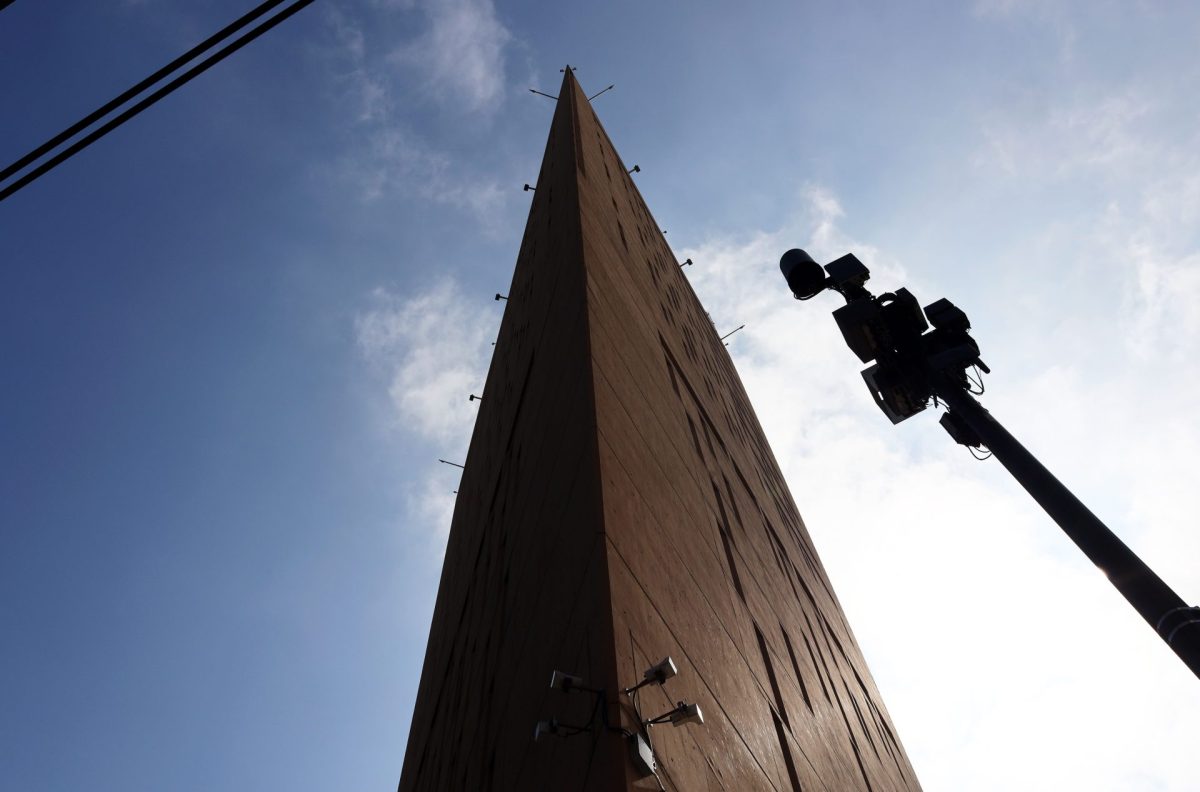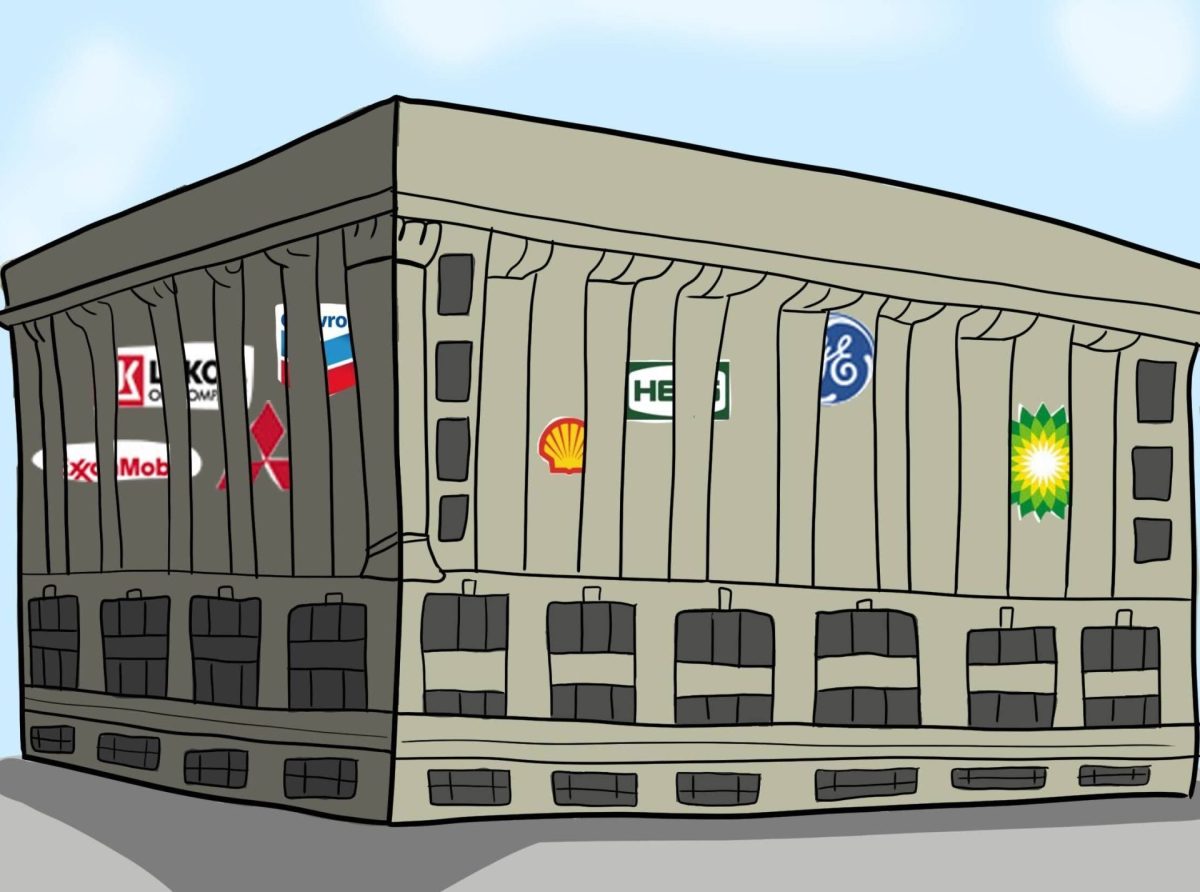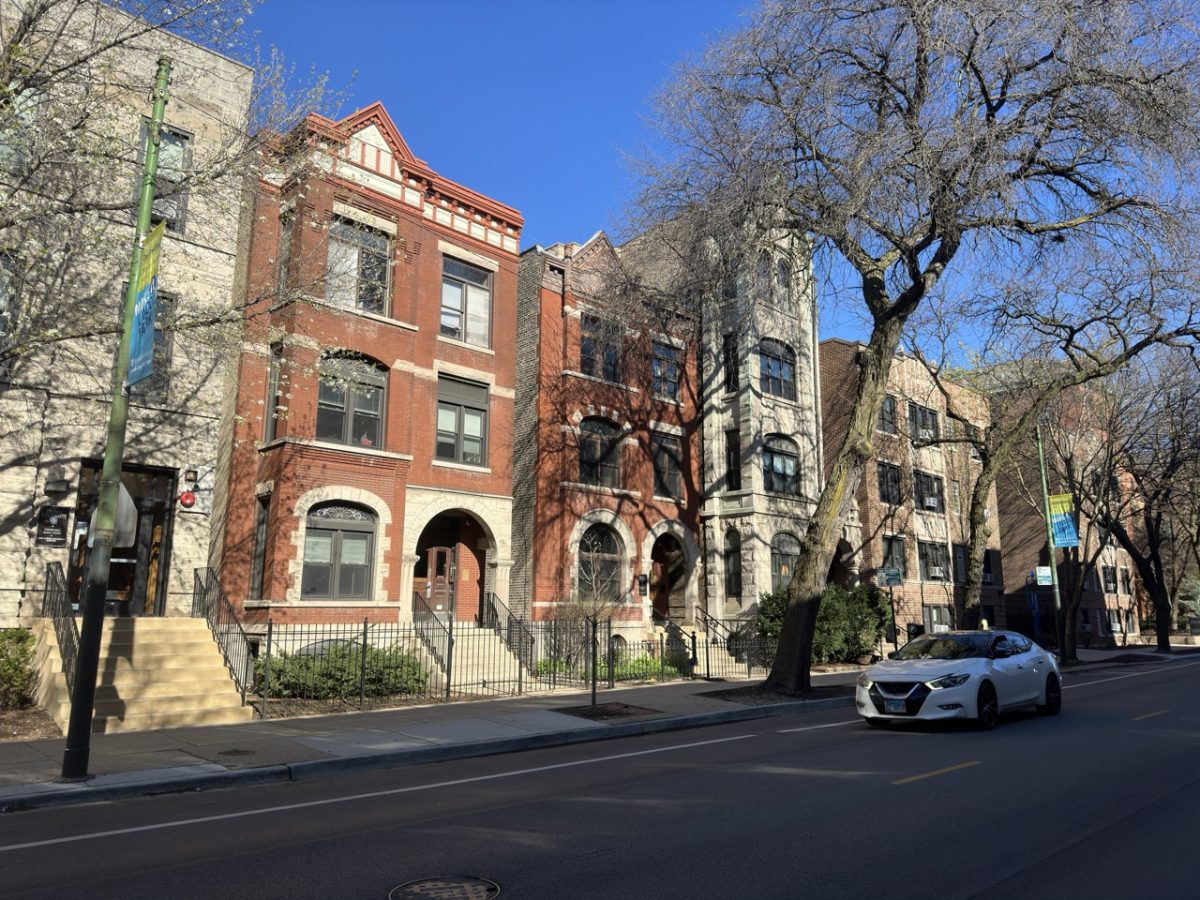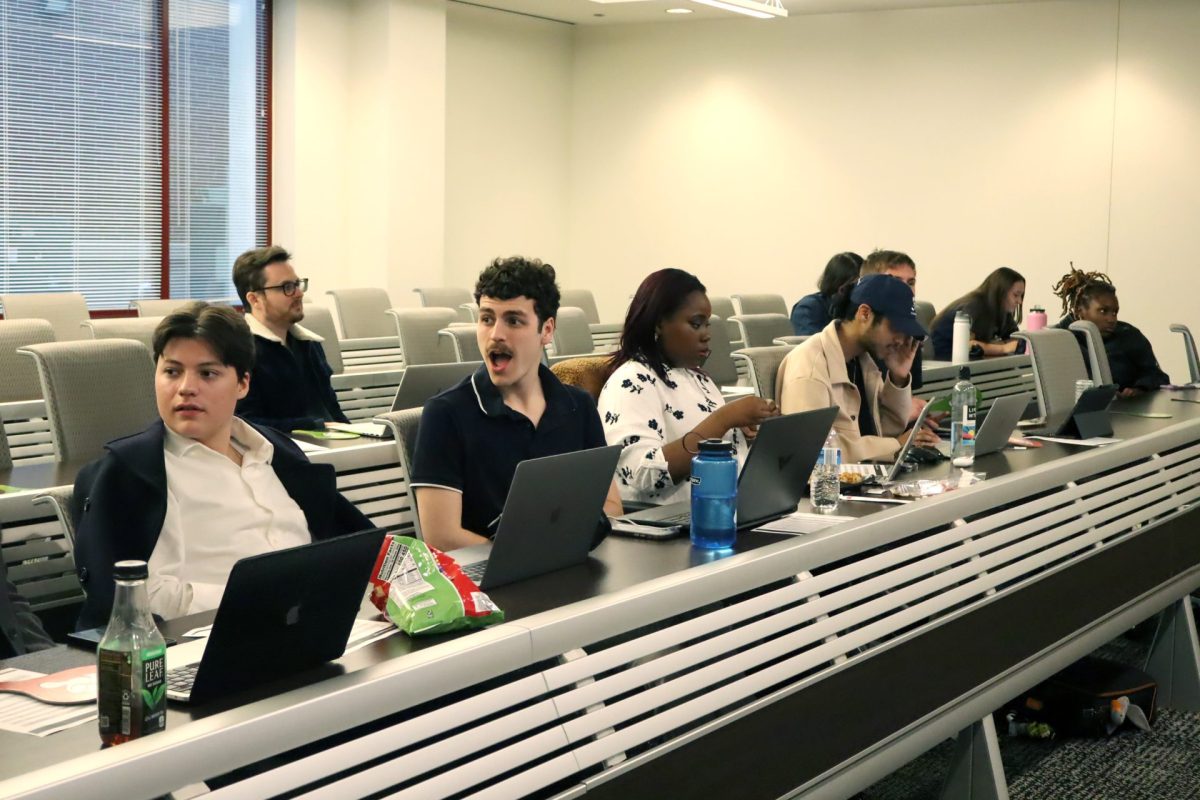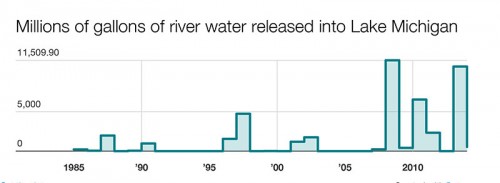
The clock had just struck midnight when DePaul senior Austin Downs first noticed the water pooling on his bedroom floor. As the July storm raged on outside, he paused his movie and opened his door to find two inches of black water filling his garden apartment.
The utilities room was even worse. Almost a foot of water surrounded the water heater, and when Downs looked into the bathroom, black water filled the toilet and was flowing from the bathtub faucet.
Last summer, flash floods shut down highways, CTA lines and wreaked havoc in residents’ basements. Eight inches fell on July 23 alone. City officials and science experts say storms are intensifying and can easily overtake the city’s century-old sewer system. Construction to replace the pipes and expand water storage reservoirs will continue this summer, but students living in older buildings prone to flooding may be in over their heads.
Soiled clothes, burnt out power strips and water-damaged walls were some of the damages caused by the flood in Downs’ apartment last year. But a month away from the end of their lease, all Downs’ landlord said was to leave out the flood when talking to people viewing the apartment.
“(My landlord) definitely did not make any improvements to prevent this from happening in the future,” Downs said.
The city is pushing for improved infrastructure in its older neighborhoods and admits that due to increased population and higher intensity rainfall, a flood risk isn’t what it used to be.
“There is a new kind of storm hitting Chicago in recent years — heavy rains that can be very local, very intense and hard to predict,” a city website promoting preventative flood programs said. “They dump two inches or more per hour on a given neighborhood. This volume quickly overwhelms local sewers, which were not designed for such intense rainfall. Sewer mains fill up, and additional water pushes into basements through our private drains.”
This new kind of storm is something Thomas Murphy, founder of DePaul’s environmental science program, said is linked to climate change.
“It’s warmer and there’s more water evaporating,” Murphy said. The increasing amount of evaporated water in the atmosphere gives off more energy, and “there’s more energy up there to drive the storms. With any particular storm or event you can’t say (what the effects will be), but you can say it’s clear evidence that we’re having storms that are more intense.”
According to an Illinois State Water Survey by the University of Illinois at Urbana-Champaign, the average rainfall for the entire 2014 year was 40.53 inches, making it the seventh wettest in 25 years. Using the past 25 years to set an average “normal” rate, the report said that last June had 161 percent more rainfall than the last 25-year average for that month, and more than four inches more than the average in May, June and August of 2014.
Despite last year’s record-setting rainfall, scientists can’t make the same predictions for this summer. Phenomena like El Niño and La Niña often indicate how warm (or cold) the summer will be, which has a large impact on storm patterns. The “El Nino” effect is when the Pacific Ocean’s surface temperatures near the equator are unusually warm. According to the Illinois State Climatologist Office, El Niño events vary in intensity, but summers tend to be slightly cooler and wetter than average. Winters are warmer and drier.
What students can expect this summer is a wave of sewer construction.
The “Building a New Chicago” plan, announced by Mayor Rahm Emanuel in 2012, said the city would replace over 900 miles of water pipes, 750 miles of sewer pipes and reconstruct 160,000 rainwater catch-basins. Widening these pipes helps the city manage overflows of rain and sewage during storms and prevents residents’ basements from flooding. Sewer construction at Diversey Parkway just north of DePaul was one of 24 sewer projects started in March and one of almost 80 projects started so far this year. Many of the city’s sewer pipes have been around for over a century
But intense rainfall has effects that reach beyond students’ basements. Downs said that during his summer job as a tour guide on river boat tours, he noticed a drastic difference in the Chicago River before and after a heavy rainstorm.
“(Normally) on the surface, the river looks fine. There is some trash, but after a storm there are leaves, branches and chip bags. It’s disgusting. People don’t want to look at the river (after a storm). At least it looks clean before the storm.”
What lies beneath the surface is more than just plastic bags. When heavy rains overtake the city’s sewer system capacity, water from the sewers overflows into the river. When the river fills, officials from the Metropolitan Water Reclamation District are forced to open the locks that normally keep the river water from flowing into Lake Michigan.
The number of reversals of river water into the lake has been staggered since 1985, but last summer 525 million gallons were released into the lake, which is modest compared to the 10,719 million gallons in 2013. Both flood the record of 2012, in which no water was released into Lake Michigan. Over the last 20 years, however, the number of consecutive years of river overflow into the lake has increased.
The effects of climate change are out of our control, Murphy said, but nonetheless, the city has encouraged residents to be sustainable with water use, paying attention to leaving the tap water running while brushing your teeth and washing dishes. Other water-saving measures include using a rain-barrel to collect rain water and re-use it for watering plants and installing a water-meter to monitor water usage. The city would then bill residents by their actual, rather than approximate, water use each month, giving residents an incentive to use less water.
Students in the midst of apartment searching should make a point of asking their landlords about flood history and be wary of older buildings with garden apartments, otherwise the next super-storm may leave them all washed up.


